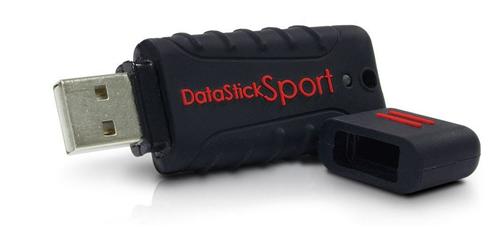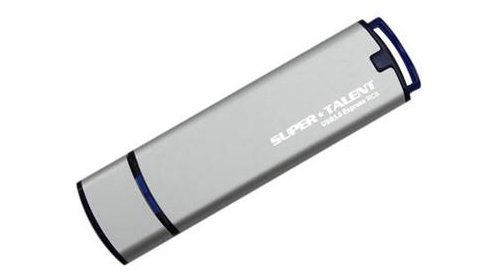I’m in a bit of a quandary on an interesting subject. I just purchased a 128 GB USB 2.0 Flash drive — a Centon DataStick Sport — that I picked up on special from TigerDirect for about $65 (as I write this blog, you can pick them up at Amazon for about $80). It seemed like a very good deal when I bought the unit, but I was quickly disabused of my enthusiasm when I plugged it into my desktop PC to copy all 29 GB of music I keep on that machine to see how it performed doing large bulk file transfers. The entire transfer took almost three hours to complete (I can do it in under 40 minutes from one direct-attached disk to another), after which I understood that while I might have purchased plenty of capacity, I didn’t get the kind of performance one might wish to have, to keep the time required for big file transfers more manageable — but then I didn’t pay for that privilege, either.

At least, I now understand why USB 3.0 or eSATA makes more sense for big flash drives, or other forms of external storage, especially if you need to move large amounts of data on a regular basis. But if you go shopping for USB 3.0 flash drives (probably the most practical form of higher-speed flash storage available at the moment) you’ll find prices running from $1-2 GB for such storage, depending on how fast you want that storage to be. In particular, the bigger and faster such drives get, the more they cost. In particular, this $290 Super Talent 100GB USB3.0 Express RC8 Flash Drive (model ST3U100R8S) stuck me as amazingly extravagant, even if it is “Windows To Go certified” for Windows 8 Enterprise.

